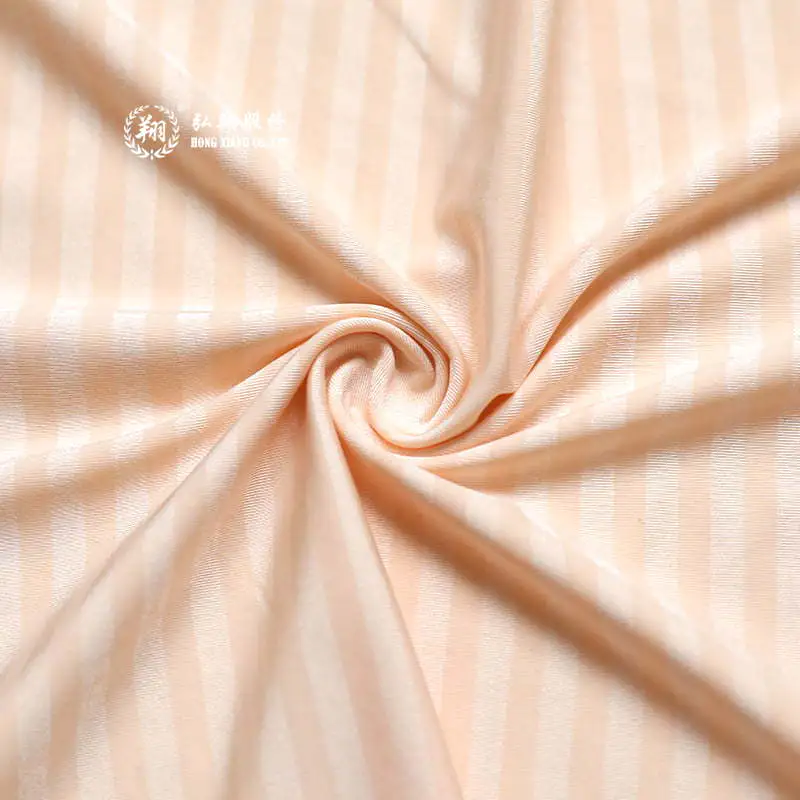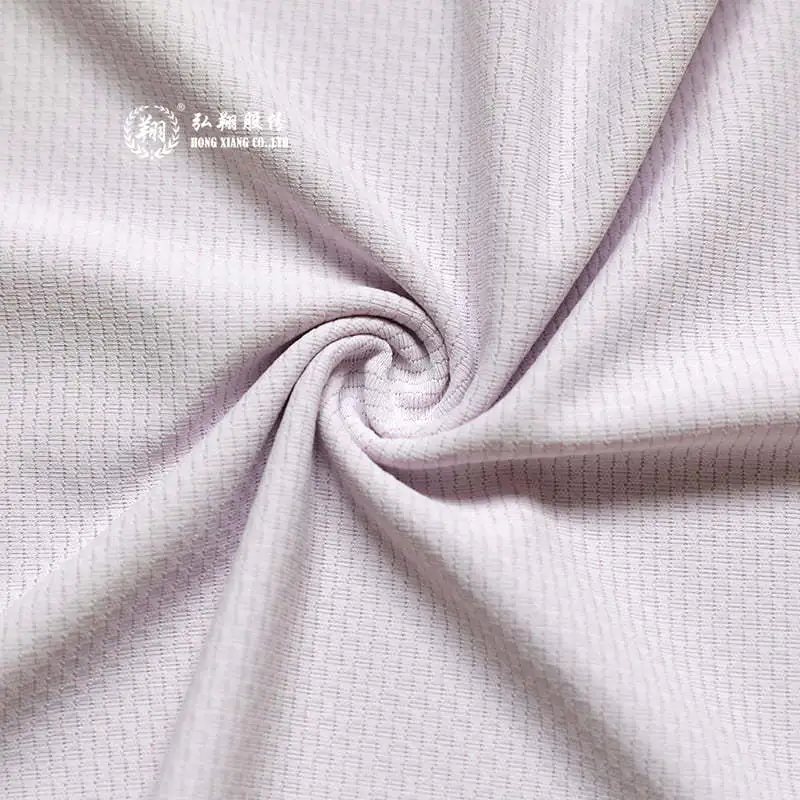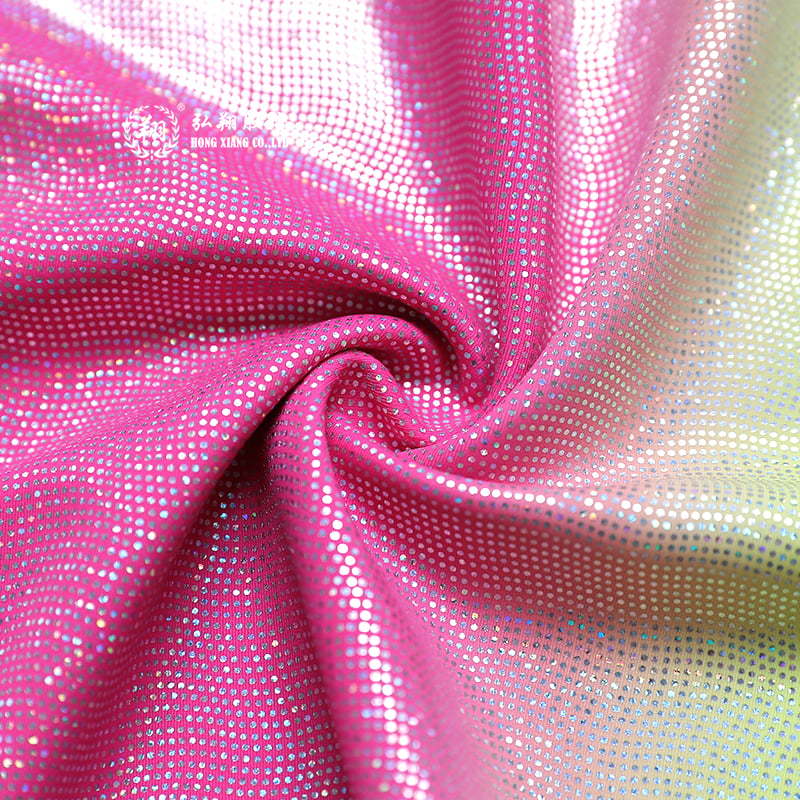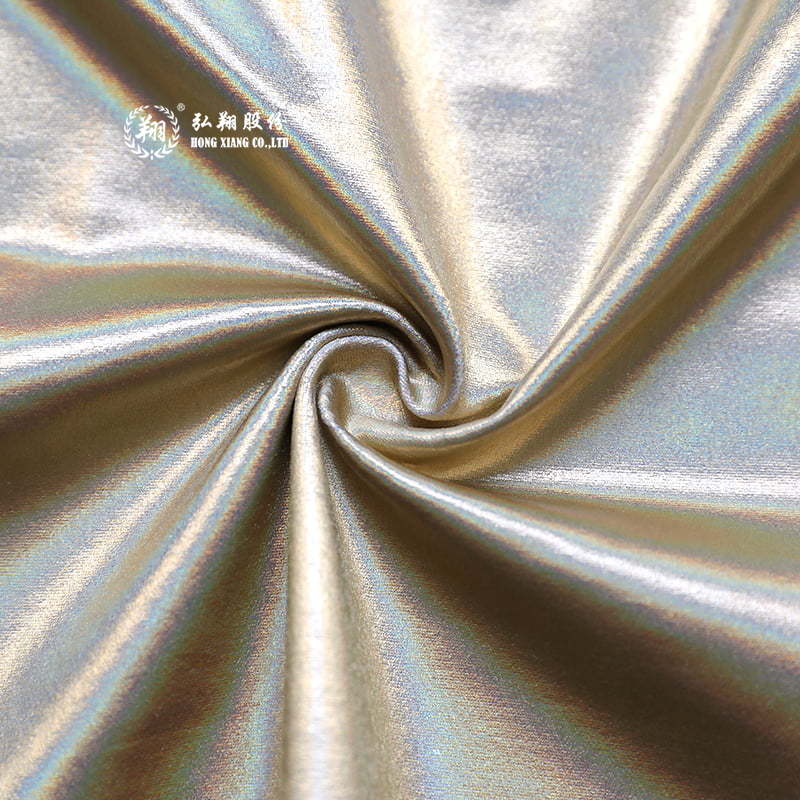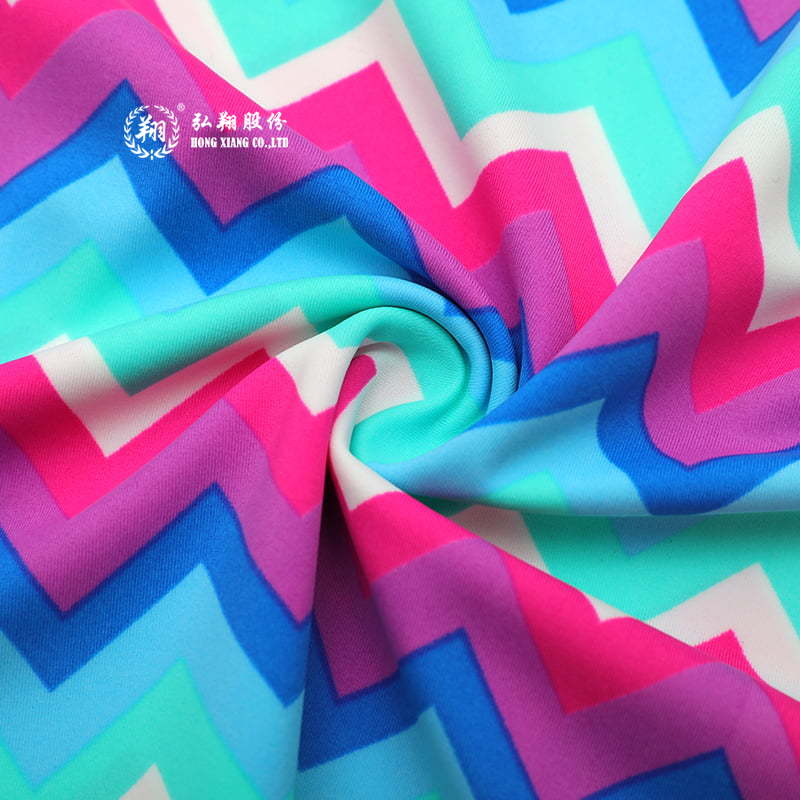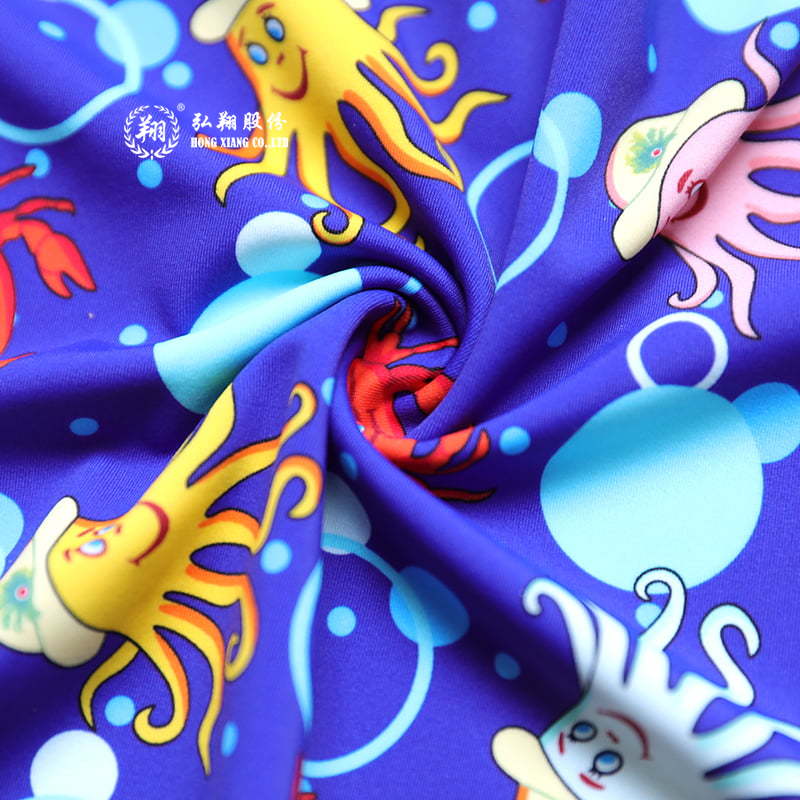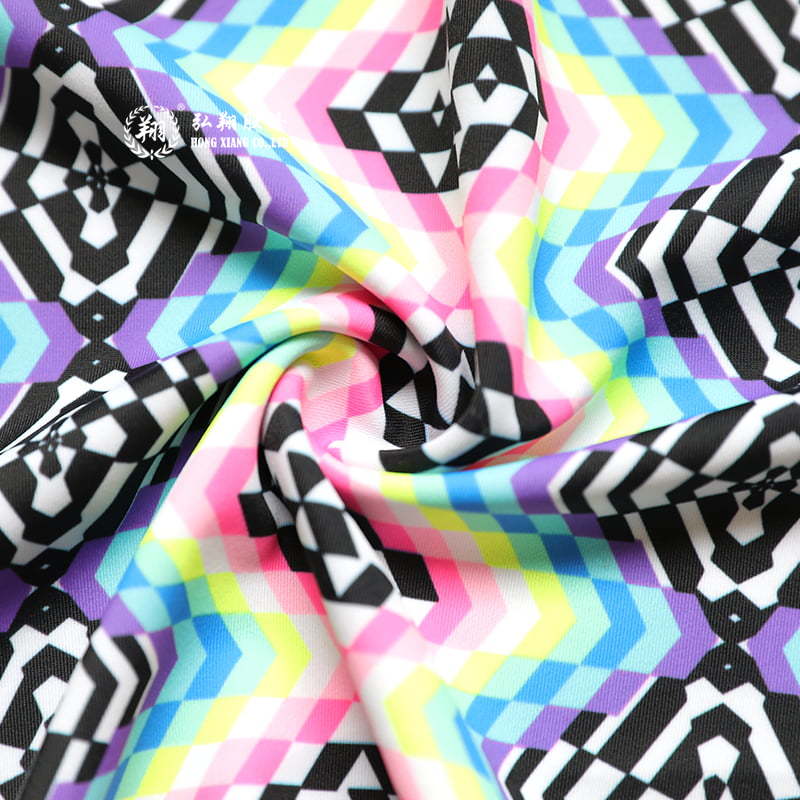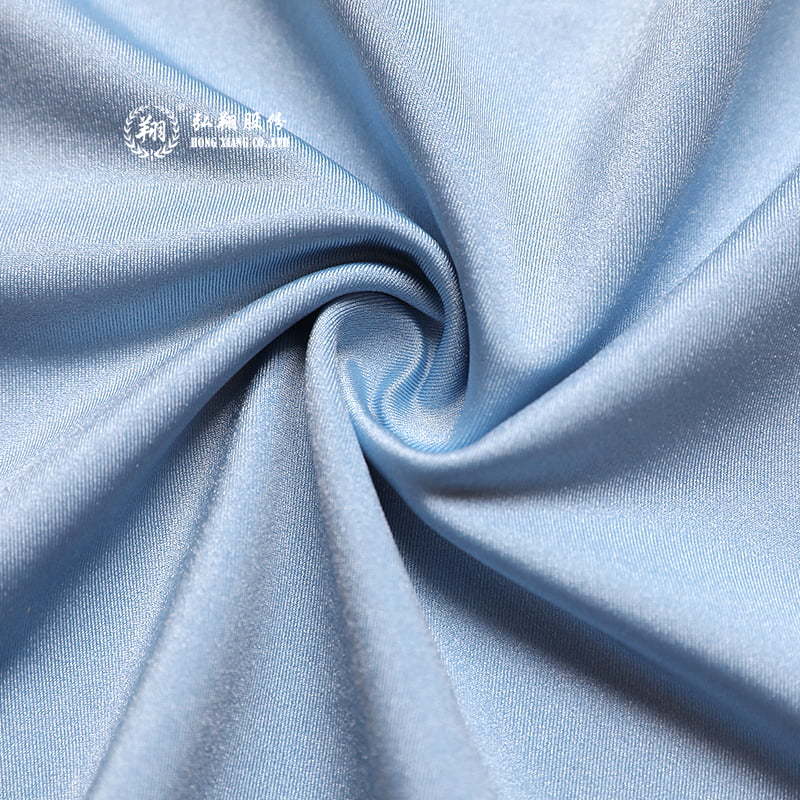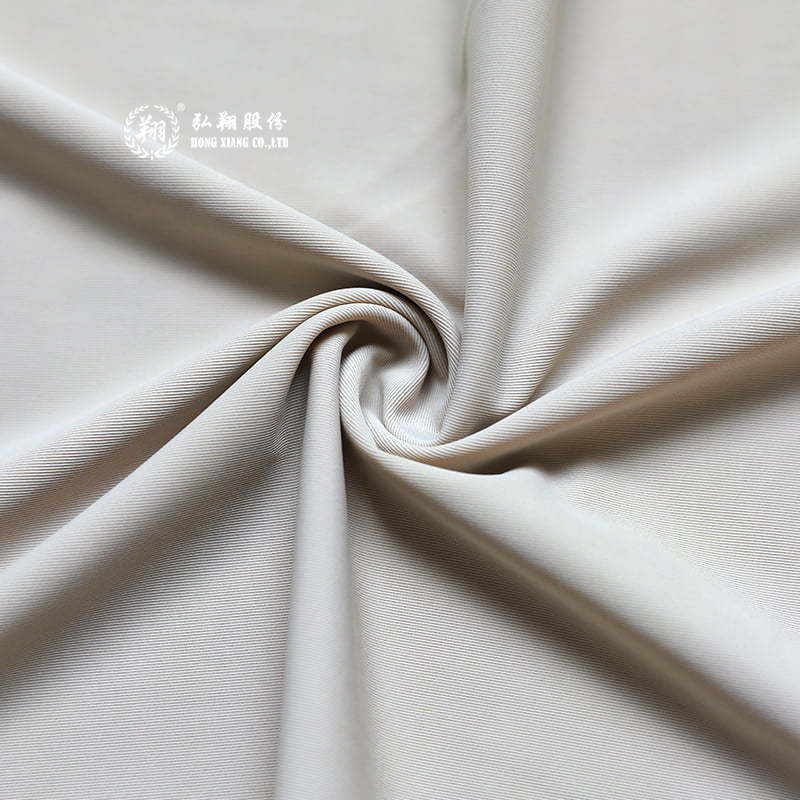First, the problem of color registration: the patterns on the cloth are printed one color at a time. "Over-color" refers to the same color in the pattern after color combination processing. One color is provided in one film, called "one color register".
Second, the meaning of other related nouns:
1. Printing method
The classification of
fabric printing can be roughly classified according to the printing method and printing process. Fabric printing can be divided into screen printing, pattern printing, roller printing, transfer printing and so on according to the printing method. Screen printing can be divided into two types: circular screen and flat screen according to its shape, and flat screen printing can be divided into flat screen printing and manual platen. For the sake of simplicity, it is customary to divide screen printing into rotary screen, flat screen and platen. Fabric printing can be divided into direct printing, discharge printing, and resist printing according to the printing process. Flower screen production: After completing the black and white draft, the next step is the production of the printing screen. There are many methods to produce flower shape on screen, including photosensitive method, anti-paint method and modern laser screen-making method. Among them, photosensitive method is the main method of printing screen production at present.
2. Size problem
The warp size of the rotary screen printing is the circumference of the rotary screen, which is generally about 642mm. The flat screen printing machine requires the warp direction to be between 700-1000mm, which is a range requirement. Manual platen printing has relatively rigid requirements on the size of the warp pattern, which is set in multiples or divisors of 330mm, and the weft dimension depends on the platen size. From this point of view, rotary screen printing and platen printing have very strict size requirements. Any printing method has clear size requirements for the warp direction, so we should distinguish the warp direction and the weft direction of the cloth.
3. Longitude and latitude problems
The length direction of the cloth is the warp direction, and the so-called door width direction is the weft direction. There are usually the following methods for judging the warp and weft directions of the cloth:
(1) If the selvage can be distinguished, the length direction of the selvage is the warp direction.
(2) If there is a seam, the direction of the seam is the weft direction, because the seam is the trace of the connection of two pieces of cloth.
(3) When there is no selvedge and seam, it can be observed
3. 1. Unit problem
(1) We generally use cm, mm, etc. as the unit of length, and when the computer is used for color separation, the pixel is usually used as the unit. Because any surface can be regarded as composed of countless points.
Attachment: Conversion formula: pixel point=mm/25.4*precision. The precision here is also commonly referred to as dpi or the number of lines, resolution, etc. It refers to how many pixels per inch are composed.
(2) Resolution (precision) is usually selected according to the size of the image
